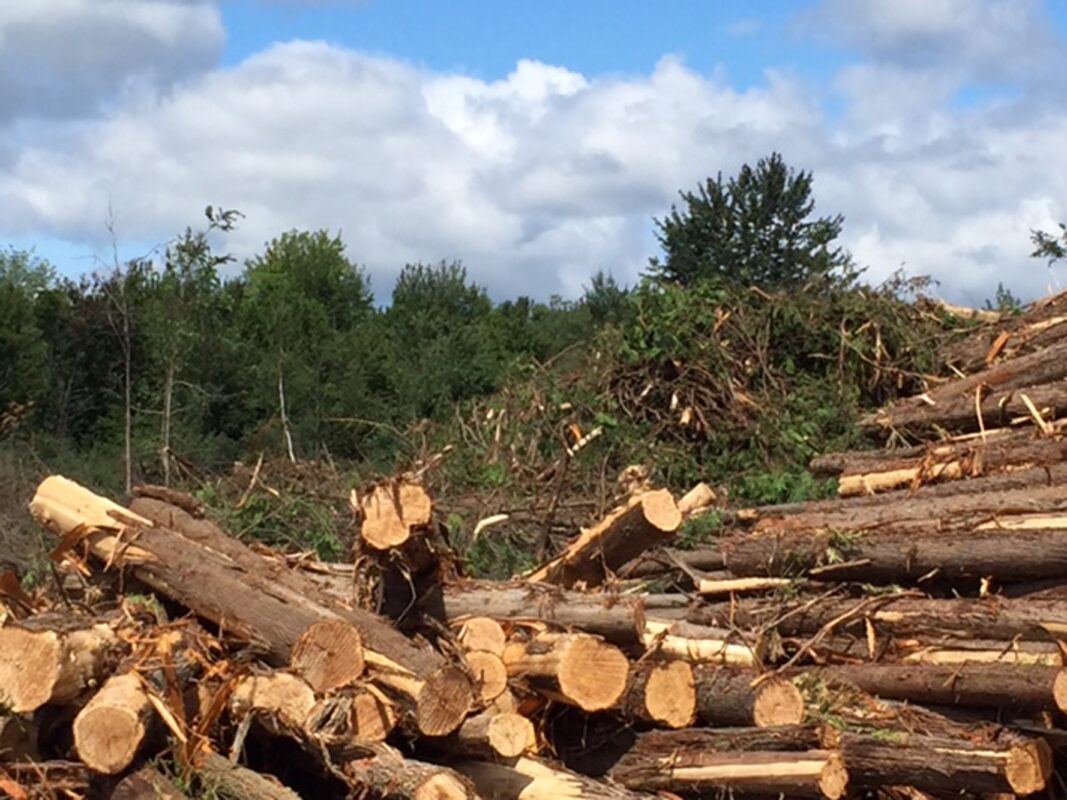
April 19, 2012
Ann Coffey reports:
The attached PDF from Vermont (632 KB) states:
“Management practices that eliminate ash could be a greater threat to ash than EAB itself”.
Retain ash to provide wildlife benefits.
Consider ash as a seed source, and unhealthy ash trees as potential future snags. Dead trees may be used for nesting, feeding and/or as a perch site.
Where practical, and with due consideration of safety, retain ash already functioning as cavity trees.
In my view, it’s pretty short-sighted to cut ashes to stop the spread of the EAB. When EAB crossed the border from the USA to Canada at Windsor, a swath of 10,000 ashes was cut to contain the spread. At the time Ann Arbor (the epicentre of EAB) produced a map showing how EAB had migrated from Ann Arbor to other locations. Due to the location of several hot spots across the northern US, they surmised that the beetles had been trapped in the grilles of long distance trucks and hitched a ride to trucker stops. Felling 10,000 trees in Windsor was obviously not going to stop the spread into Ontario since it is the busiest truck crossing on the US-Canadian border. 45,000 trucks a day and counting.
The NCC is inoculating Ash trees to try to save as many as possible, and also planting new trees alongside as a just-in-case measure. Meanwhile, North America is working cooperatively with Asian countries to find a more long term solution. Ottawa’s going to look pretty stupid (and bare) if it a “cure” is discovered within the next decade or so.
